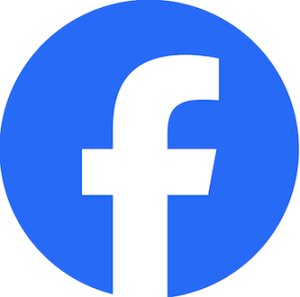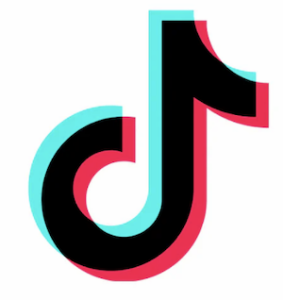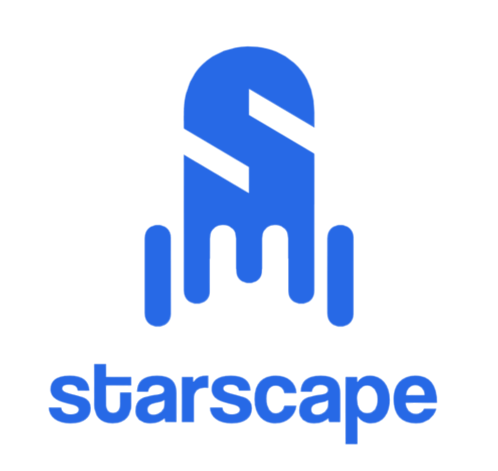In the ever-evolving landscape of digital marketing, social media platforms have become indispensable tools for reaching and engaging with audiences.
Each platform offers unique advertising features, targeting options, and benefits.
This article delves into how major social media platforms differ in their advertising approaches, highlighting Facebook, Instagram, TikTok, Twitter, and YouTube, among others.
By understanding these distinctions, businesses can tailor their social media strategies to maximize their impact.

Facebook remains a dominant player in social media advertising. Its vast user base, detailed targeting options, and robust analytics make it a go-to platform for many marketers.
Ad Manager Basics:
Ad Creation: Facebook’s Ad Manager allows for the creation of various ad formats including image, video, carousel, and slideshow ads. The platform supports both desktop and mobile ad placements.
Targeting Options: Advertisers can leverage Facebook’s advanced targeting features such as demographics, interests, behaviors, and location. Custom Audiences and Lookalike Audiences further refine targeting based on user interaction and similar profiles.
Benefits: The extensive reach and sophisticated targeting capabilities enable highly tailored campaigns. Additionally, the platform’s detailed analytics provide insights into ad performance and audience engagement.
Drawbacks: Facebook’s algorithm changes can impact ad visibility. Additionally, the platform’s vast amount of data can sometimes lead to information overload for advertisers. Oh, and I’ll also say that getting your Ad Manager, or, worse, your Business Manager, banned for breaking a rule you didn’t know existed, can a real headache.

Owned by Facebook, Instagram offers a visually-driven platform ideal for brands aiming to create aesthetic and engaging content.
Ad Manager Basics:
Ad Creation: Instagram ads can be created through Facebook’s Ad Manager. Formats include Stories, Feed, and Explore ads. The platform is particularly suited for visually compelling content.
Targeting Options: Instagram benefits from Facebook’s robust targeting tools. Advertisers can use similar targeting strategies to Facebook, including interests, behaviors, and demographic information.
Benefits: Instagram’s focus on visuals and stories allows for creative and immersive advertising. Its younger demographic offers an opportunity to connect with a more trend-sensitive audience.
Drawbacks: The visual-centric nature means that poorly designed ads may not perform well. Additionally, the platform’s algorithm can sometimes make organic reach challenging.
TikTok

TikTok’s rapid rise has transformed it into a key player in social media advertising. Its algorithm and format are designed to showcase short, engaging videos.
Ad Manager Basics:
Ad Creation: TikTok offers various ad formats including In-Feed ads, Branded Hashtag Challenges, and TopView ads. The platform emphasizes creative and viral content.
Targeting Options: TikTok provides targeting options based on user behavior, interests, and demographics. The platform also supports Custom and Lookalike Audiences for more precise targeting.
Benefits: TikTok’s algorithm promotes high engagement rates and viral potential, offering opportunities for brands to reach large audiences with creative content.
Drawbacks: The platform’s emphasis on trends and short-form content means that ads must be highly engaging and aligned with current trends to be effective. Bonus tip: If you think you can sell a small puking yellow emoji toy that barfs up green goo at a blowout rate and have it sell – think again, it might not be the best idea!
Twitter (X)

Twitter’s advertising platform is designed for real-time engagement and conversation. It offers various ad formats that cater to different marketing objectives.
Ad Manager Basics:
Ad Creation: Twitter Ads include Promoted Tweets, Promoted Accounts, and Promoted Trends. These formats are aimed at driving engagement, increasing followers, or promoting specific topics.
Targeting Options: Advertisers can target users based on keywords, interests, demographics, and behaviors. Twitter also offers tailored audiences and trend-based targeting.
Benefits: Twitter’s real-time nature allows brands to engage in timely conversations and capitalize on trending topics. Its targeting options can help reach users interested in specific subjects or events.
Drawbacks: The platform’s fast-paced environment means that ad content must be highly relevant and timely. Additionally, Twitter’s organic reach can be limited, requiring more investment in promoted content. You have to have your account set to Professional and are using Premium (which costs money) in order to fully take advantage of the platform.
YouTube

YouTube, as a video-sharing platform, provides a range of advertising options that leverage its vast user base and video-centric environment.
Ad Manager Basics:
Ad Creation: YouTube ads include Skippable and Non-Skippable In-Stream ads, Bumper ads, and Overlay ads. These formats are designed to integrate with video content or appear alongside it.
Targeting Options: YouTube offers targeting based on demographics, interests, keywords, and user behavior. Advertisers can also use Custom Affinity and In-Market Audiences for refined targeting.
Benefits: YouTube’s video format provides a rich medium for storytelling and product demonstrations. The platform’s detailed targeting and extensive reach offer significant opportunities for brand visibility.
Drawbacks: The production quality of video ads is crucial for success. Additionally, YouTube’s advertising costs can be higher compared to other platforms, particularly for premium placements. And, if your content is too edgy, you will at some point run into restrictions created by GARM.

LinkedIn is the premier platform for B2B marketing, offering a professional network for targeting business professionals and decision-makers.
Ad Manager Basics:
Ad Creation: LinkedIn ads include Sponsored Content, Sponsored InMail, and Text Ads. These formats cater to different stages of the buyer’s journey, from awareness to direct engagement.
Targeting Options: LinkedIn’s targeting is based on job title, industry, company size, and other professional criteria. This allows for highly targeted B2B advertising.
Benefits: LinkedIn’s professional focus is ideal for reaching business leaders and decision-makers. The platform’s targeting capabilities enhance the effectiveness of B2B campaigns.
Drawbacks: LinkedIn advertising can be more expensive compared to other platforms. Additionally, the platform’s professional nature may not be suitable for all consumer-focused brands.
Conclusion
Each social media platform offers unique advantages and challenges for advertising.
Facebook and Instagram provide extensive targeting and engagement opportunities with a focus on visuals and data-driven insights.
TikTok emphasizes viral content and trends, while Twitter’s real-time nature facilitates timely interactions.
YouTube’s video-centric approach offers rich storytelling possibilities, and LinkedIn excels in professional B2B targeting.
By understanding these differences, businesses can tailor their advertising strategies to leverage the strengths of each platform, optimize their reach, and achieve their marketing goals.

